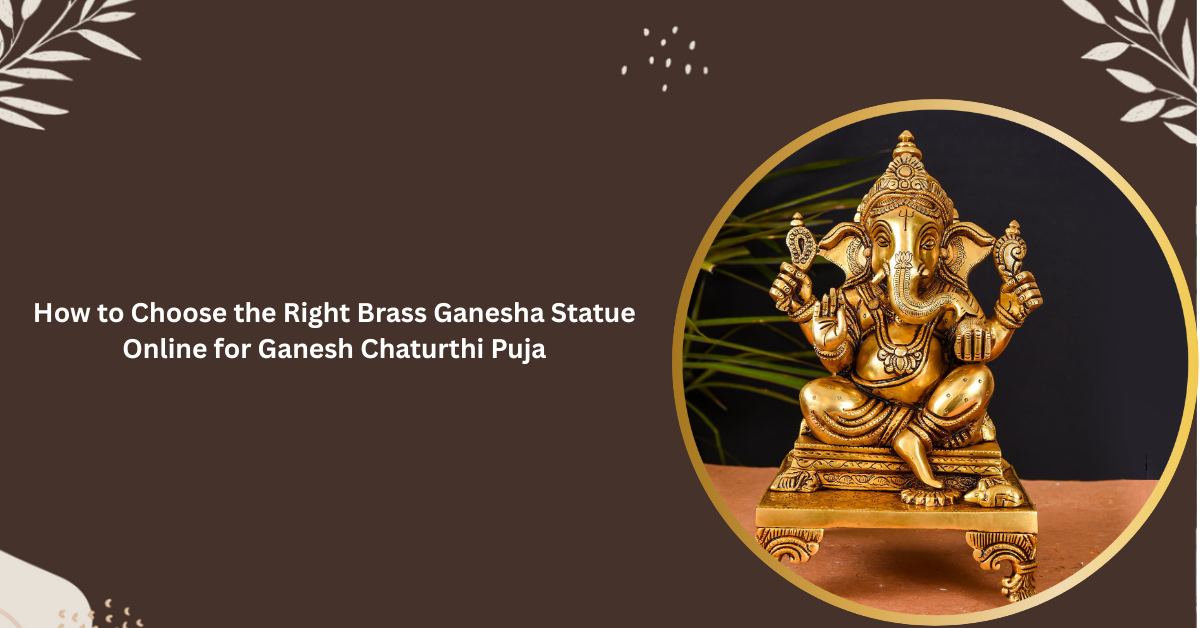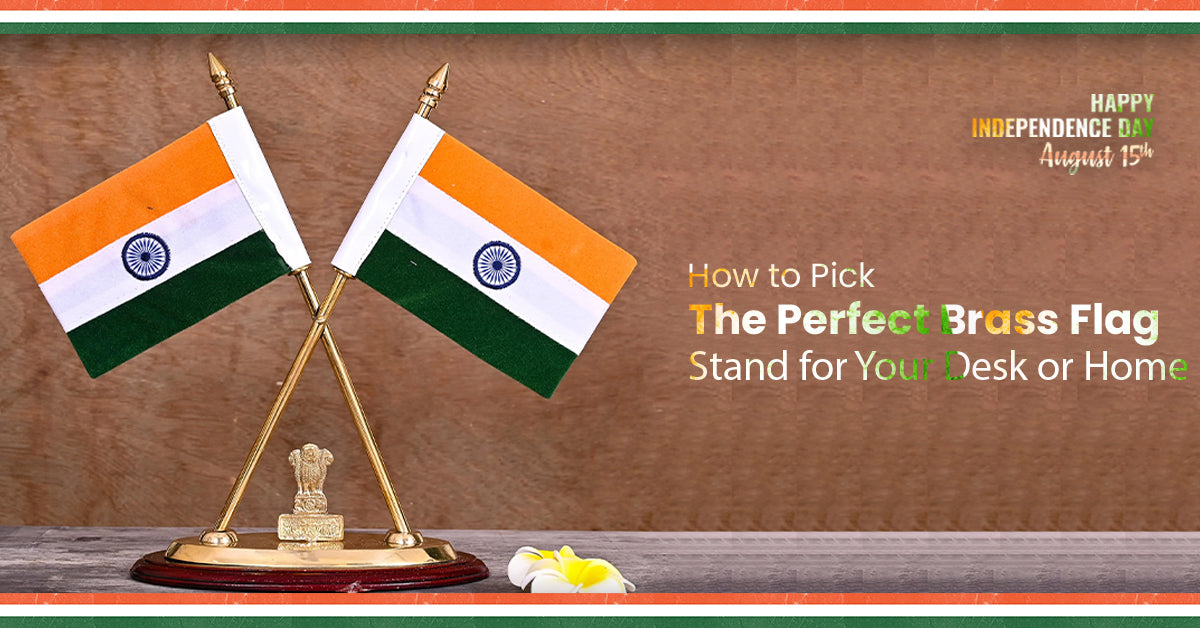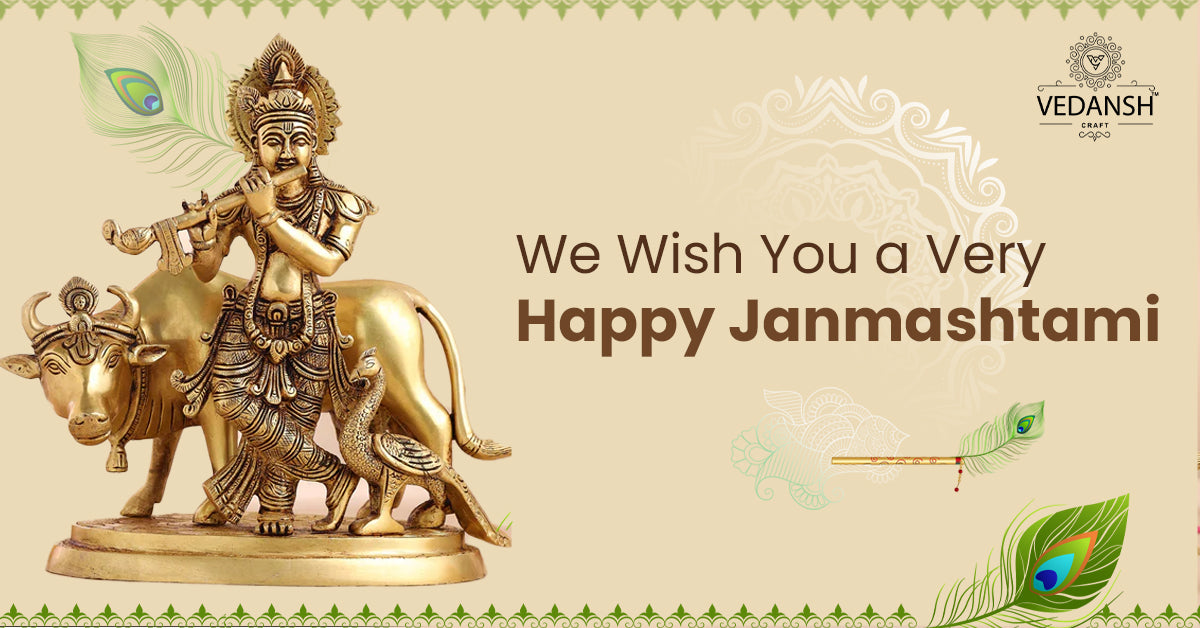

Trimurti - Brahma, Vishnu, Mahesh
, by javed techqart, 7 min reading time
In Hinduism, the Trimurti represents the three principal deities- Brahma, Vishnu, and Shiva. Together, they symbolize the cosmic functions of creation, preservation, and destruction. The term "Trimurti" comes from Sanskrit, where "tri" means three, and "murti" means form or manifestation.
The concept of Trimurti is central to Hindu theology and philosophy. It illustrates the interdependence and cyclical nature of existence. Each deity represents an essential aspect of the universe, and their harmonious interplay sustains the cosmic order. Understanding the Trimurti helps devotees comprehend the complexities of life and existence within Hinduism.
Brahma
Brahma is the creator deity in Hinduism. He is responsible for bringing the universe and all living beings into existence. Brahma is often depicted with four heads, each facing a cardinal direction. These heads symbolize his comprehensive knowledge of the four Vedas, ancient scriptures that form the basis of Hindu religious understanding.
According to Hindu mythology, Brahma creates the universe through his divine will and creative power. He brings forth life forms and shapes the cosmos according to cosmic laws. Brahma's consort is Saraswati, the goddess of wisdom, learning, and the arts. Saraswati embodies knowledge and creativity, complementing Brahma's role as the creator. Together, they represent the union of intellect and creativity essential for the sustenance of the universe.
Brahma's role as the creator emphasizes the cyclical nature of existence in Hinduism. While he initiates the cosmic cycle, Vishnu preserves it, and Shiva eventually brings about its dissolution. This interconnectedness reflects the eternal rhythms of creation, preservation, and destruction within the universe.
Vishnu
Vishnu is one of the principal deities in Hinduism and is known as the preserver of the universe. He ensures the balance and harmony of creation by maintaining cosmic order and righteousness. Vishnu is often depicted with four arms, each holding symbolic objects representing his divine attributes. His four arms symbolize his omnipresence, suggesting his ability to simultaneously act in all directions and dimensions.
Vishnu's primary role is to preserve and sustain the universe. He intervenes whenever the cosmic balance is disrupted, ensuring that righteousness prevails over chaos. Vishnu is believed to incarnate on Earth whenever evil threatens to overshadow righteousness. These incarnations, known as avatars, manifest to restore dharma (righteousness) and guide humanity on the path of virtue. Some of Vishnu's prominent avatars include Rama, Krishna, and Buddha.
Vishnu is often depicted alongside his consort, Lakshmi, the goddess of wealth, fortune, and prosperity. Lakshmi represents abundance and auspiciousness, complementing Vishnu's role as the preserver and provider. Together, they symbolize material and spiritual prosperity, fostering well-being and harmony in the universe.
Vishnu's significance in Hindu mythology extends beyond his role as a preserver. Vishnu exemplifies the ideals of righteousness, compassion, and devotion through his avatars and divine interventions. Devotees revere Vishnu as the supreme deity who safeguards the world and guides souls on their spiritual journey towards enlightenment.
Mahesh (Shiva)
Shiva, also known as Mahesh or Mahadev, is revered as the destroyer deity in Hinduism. He represents existence's transformative aspect, bringing destruction to facilitate rebirth and renewal. Shiva is often depicted with a third eye, symbolizing his transcendent wisdom and the power to destroy ignorance and negativity. The third eye also represents his ability to perceive the truth beyond ordinary perception.
Shiva's role as the destroyer is crucial in Hindu mythology. He dismantles the universe at the end of each cosmic cycle to pave the way for its regeneration and renewal. In Shiva's context, destruction is not merely about annihilation but about transformation and the creation of new beginnings.
Shiva is often depicted as Nataraja, the cosmic dancer whose divine dance symbolizes the rhythm of creation, preservation, and destruction. His dance represents the continuous cycle of life, death, rebirth, and the cosmic energy that permeates the universe.
Shiva's consort is Parvati, also known as Shakti or Devi, the supreme feminine energy in Hinduism. Parvati embodies power, fertility, and nurturing love. Shiva and Parvati represent the complementary forces of creation and destruction, nurturing and transformative power.
Who are the three primary Hindu gods?
The three primary Hindu gods are Brahma, Vishnu, and Shiva. Collectively, they form the Trimurti, which represents the three principal aspects of the divine in Hinduism: creation, preservation, and destruction, respectively. Each deity plays a crucial role in Hindu mythology and theology and is worshipped by millions of Hindus worldwide.
Are Brahma, Vishnu, and Mahesh one entity?
Brahma, Vishnu, and Mahesh are not considered one single entity in Hinduism but three distinct deities forming the Trimurti, representing different aspects of the divine. Each deity has unique characteristics and functions:
- Brahma is the creator god responsible for bringing the universe and all living beings into existence.
- Vishnu is the preserver god who maintains cosmic order and righteousness, intervening when necessary to ensure balance and harmony.
- Shiva, also known as Mahesh or Mahadev, is the destroyer god who facilitates the dissolution of the universe to allow for regeneration and renewal.
While they are often depicted together and are interconnected in Hindu mythology, Brahma, Vishnu, and Mahesh are regarded as separate manifestations of the divine, each with their roles and attributes.
Who is above Brahma Vishnu Mahesh?
In Hindu theology, no single deity is considered "above" Brahma, Vishnu, and Mahesh in the conventional sense of hierarchy. However, some concepts and beliefs transcend the Trimurti and are deemed supreme in Hindu thought.
One such concept is Brahman, which represents the ultimate reality or the supreme cosmic consciousness in Hinduism. Brahman is formless, infinite, and transcendent, beyond all dualities and manifestations. It is the source and essence of everything in the universe, including Brahma, Vishnu, and Shiva. Brahman is often described as beyond comprehension and is the ultimate goal of spiritual realization in Hindu philosophy.
While Brahma, Vishnu, and Mahesh are revered as manifestations of the divine within the realm of creation, preservation, and destruction, respectively, Brahman is considered the ultimate reality from which everything generates and to which everything returns. Therefore, Brahman is regarded as the highest and most fundamental concept in Hindu theology, surpassing the Trimurti and all other manifestations of divinity.
Trimurti
The Trimurti, comprising Brahma, Vishnu, and Shiva, symbolizes the three fundamental aspects of existence: creation, preservation, and destruction. Brahma creates, Vishnu preserves, and Shiva destroys, reflecting the cyclical nature of life and the universe.
The Trimurti is central to Hindu belief and worship, representing the cosmic forces that govern the universe. Devotees recognize the interconnectedness of these deities and understand that each aspect is essential for the balance and harmony of existence. Worship of the Trimurti is a way for Hindus to seek divine blessings for creation, preservation, and transformation in their lives and acknowledge the cyclical nature of existence and the eternal rhythm of the cosmos.
Tags
Blog posts






